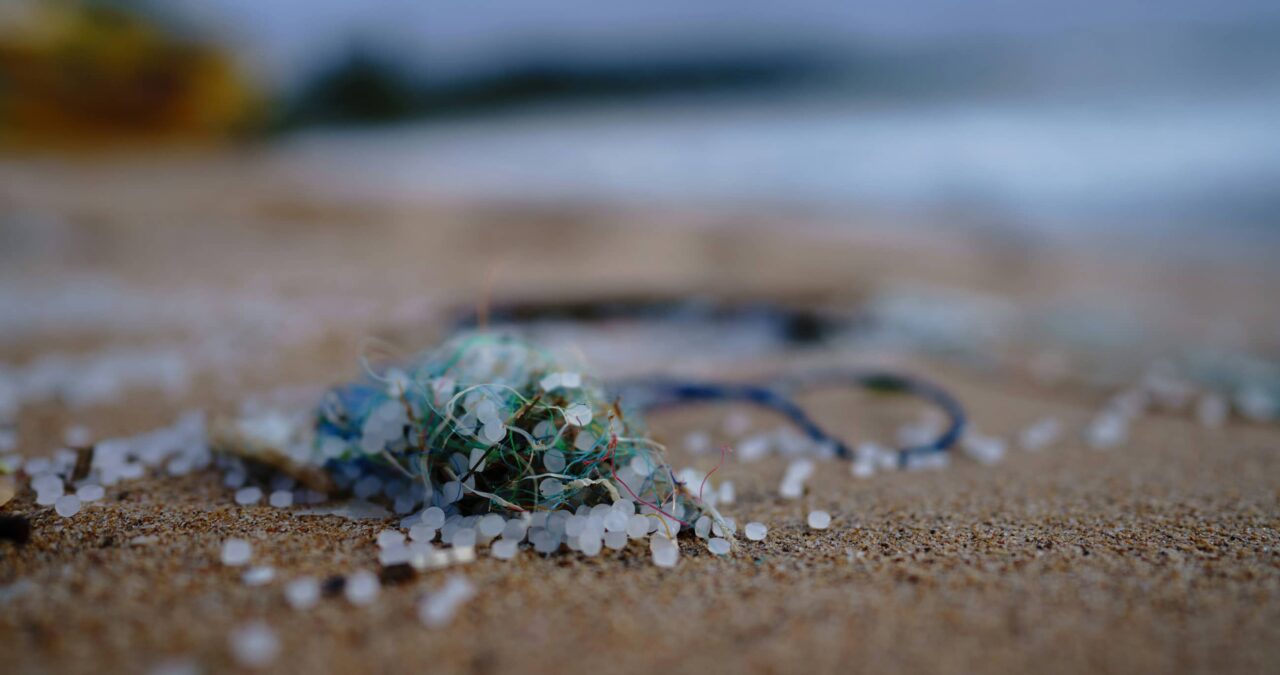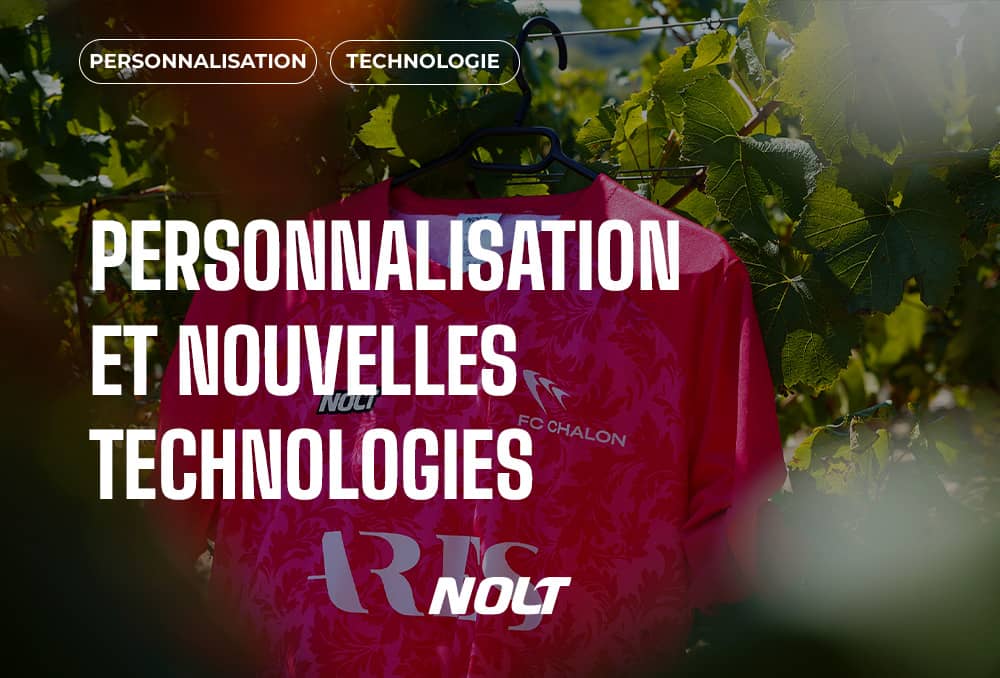
Taking care of a personalized soccer jersey to keep it intact
For a long time a simple symbol of belonging, the personalized soccer jersey is becoming an intelligent object, capable of connecting the athlete or supporter to a veritable digital ecosystem.


